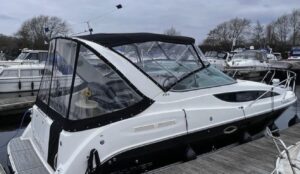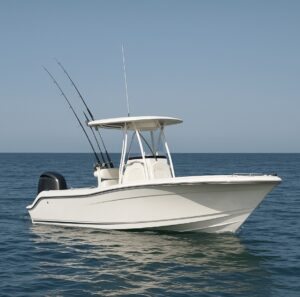Best Practices for Boat Storage in the UK: Keeping Your Vessel Safe
Best Practices for Boat Storage in the UK: Keeping Your Vessel Safe
Owning a boat can bring immense joy and adventure, but it also comes with the responsibility of proper care and maintenance. One crucial aspect of boat ownership is ensuring that your vessel is stored safely, especially during the off-season or when not in use. In the UK, where the climate can be unpredictable, understanding the best practices for boat storage is essential. This guide will walk you through effective strategies to keep your boat in pristine condition.
Understanding the UK Climate and Its Impact on Boat Storage
The UK’s climate is known for its variability, with frequent rain, temperature fluctuations, and occasional storms. These conditions can pose significant challenges to boat storage. Moisture, for instance, can lead to mold and mildew growth, while temperature changes can cause materials to expand and contract, potentially leading to damage.

Choosing the Right Storage Option
One of the first decisions to make is selecting the appropriate storage method. The choice largely depends on your budget, location, and the type of boat you own. Here are some of the most common options:
Indoor Storage
Indoor storage is an excellent option for protecting your boat from the elements. Facilities like warehouses or dedicated boat storage units provide shelter from rain, snow, and UV rays, reducing the risk of weather-related damage. This option is particularly beneficial for high-value boats or those with sensitive equipment.
Outdoor Storage
Outdoor storage is more cost-effective but requires additional precautions. If you opt for outdoor storage, investing in a high-quality cover is crucial. Ensure the cover is waterproof, UV-resistant, and fits snugly to prevent water pooling or wind damage. Additionally, choosing a location with some natural shelter, such as trees or a building, can provide added protection.
Marina or Dry Stack Storage
Marina storage offers convenience and accessibility, especially if you plan to use your boat frequently. Dry stack storage, where boats are stored in a rack system, is another option that keeps your vessel off the ground and protected from flooding. Both options typically offer services like maintenance checks and cleaning, which can be a significant advantage.
Preparing Your Boat for Storage
Once you’ve chosen your storage method, it’s time to prepare your boat. Proper preparation can prevent costly repairs and ensure your boat is ready to hit the water when the season starts.
Cleaning and Maintenance
Before storing your boat, give it a thorough cleaning. Remove any dirt, grime, and salt residue, as these can cause corrosion or damage over time. Pay special attention to the hull, deck, and any metal fittings. It’s also a good idea to wax the hull to provide an extra layer of protection.
Perform routine maintenance tasks such as changing the oil, checking the battery, and topping up antifreeze. Inspect all hoses and seals for signs of wear and replace them as needed. Proper maintenance before storage can prevent issues from escalating while the boat is idle.
Engine and Fuel System
The engine and fuel system require special attention. Add a fuel stabilizer to prevent fuel degradation and run the engine to circulate it through the system. This step helps avoid clogs and starting issues later. For inboard engines, consider fogging the cylinders to protect them from rust.
Bilge and Interior
Ensure the bilge is clean and dry to prevent unpleasant odors and mold growth. Leave the bilge pump on automatic mode if your boat will be stored on water. Inside the cabin, remove all perishable items, electronics, and valuables. Leave cabinets and doors slightly open to promote air circulation.
Security Measures
Security is another critical consideration. Boats are valuable assets and can be targeted by thieves. Here are some measures to enhance security:
Locks and Chains
Use high-quality locks and chains to secure your boat to its trailer or docking area. Consider adding wheel locks or boot clamps for trailers. These physical deterrents can discourage potential thieves.
Alarm Systems and GPS Tracking
Installing an alarm system on your boat can provide an extra layer of security. Some systems can send alerts to your phone in case of unauthorized access. GPS tracking devices are also useful for quickly locating your boat if it’s moved unexpectedly.
Regular Checks and Maintenance
Even though your boat is in storage, it’s important to perform regular checks. Inspect the cover for tears, ensure the area remains dry, and look for signs of pests. If possible, run the engine periodically to keep it in good working order.
Conclusion
Proper boat storage is essential for maintaining the longevity and performance of your vessel. By understanding the unique challenges posed by the UK climate and implementing the best practices outlined in this guide, you can ensure your boat remains safe, secure, and ready for your next adventure. Whether you choose indoor, outdoor, or marina storage, taking the time to prepare and maintain your boat will pay off in the long run, giving you peace of mind and preserving your investment.
Get The Spares You Need
Add CTA sections description.










